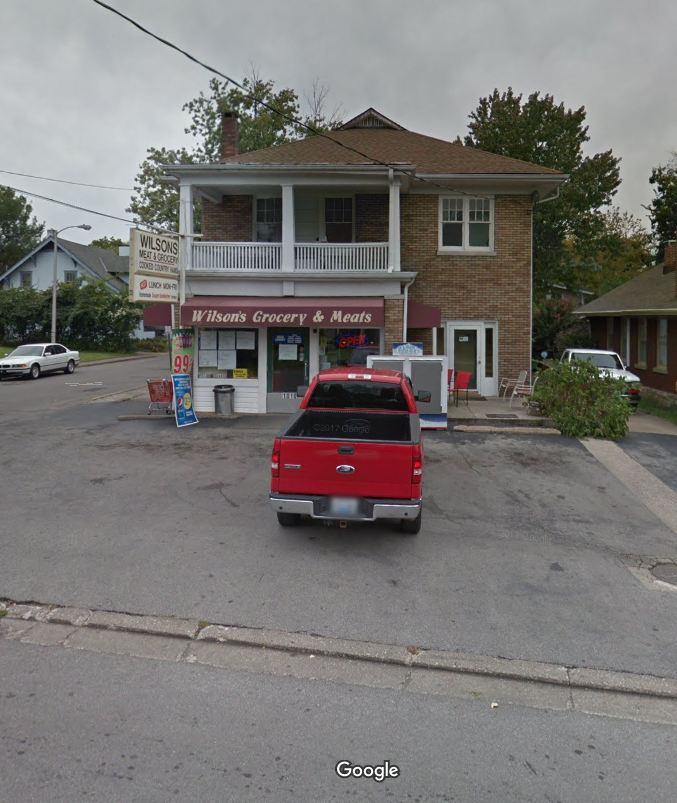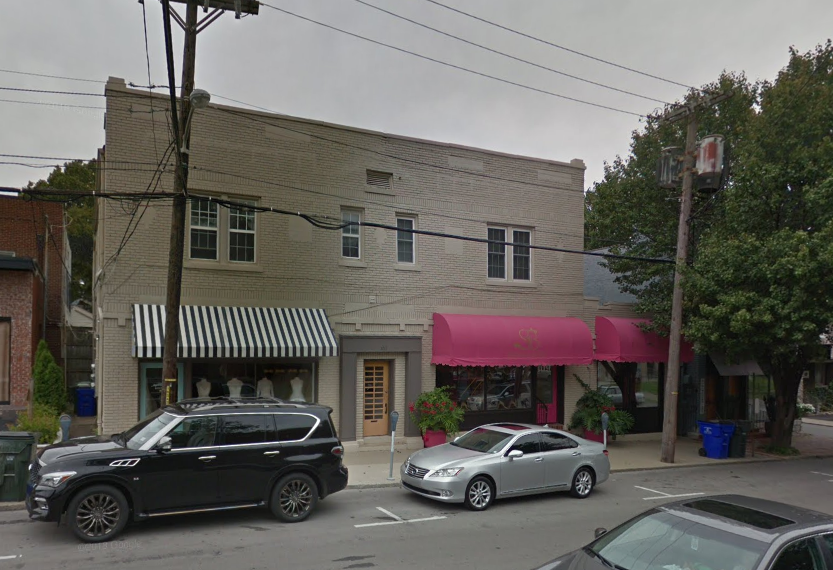Lexington’s zoning ordinance is filled with little details that prevents incremental, mixed use development. One such detail is in the accessory uses for the B-1 zone. The B-1 zone is Lexington’s Neighborhood Business zone. It’s intended to be your local shops serving a neighborhood and it’s needs. Banks, barbershops, restaurants, things like that. There is a single line that I believe makes small mixed use development all but impossible. Here’s the line in question:
One (1) dwelling unit for owners, operators, or employees of a permitted use, provided that such dwelling unit shall be a part of the building and located above or to the rear of such permitted uses.
What’s wrong with it
At first glance it doesn’t seem that bad. It at least allows housing, that’s mixing uses right? The problem is that it’s so restrictive, it might as well not allow housing at all. Just look at any new construction in a B-1 and see if there is any housing. To better explain I’ll use a hypothetical example. Let’s say you’re a business owner and you want to build a new store. Maybe you can’t find the right space to lease or you just want to own the building, either way you want to build a new building. You want to build an apartment above it so that you can save money but also keep a close eye on the shop. So you decide you want something like this:

So far this is all legal. The problems arise when you get to the finances. Any bank is going to see that owner/employee requirement and be skeptical. If you are living in it, then it’s not potential income for you to pay back your loan with. But what if you rent to an employee? Then you can show it as potential income. But how practical is it for you to find an employee who is also able to rent it? What happens if they live there and then quit? Do they also have to be kicked out as a now illegal tenant? I’m not even sure how the city can enforce this requirement but tying housing and working together introduces a lot of variables and it’s usually not good for anyone. If you can’t fill that apartment and collect rent, that makes you more of a risk to the bank. Is it worth the added expense of building an apartment that you can’t rent? And to add to that, is it worth the expense of building only a single apartment?
This leads to my other problem with this; the one unit maximum. To carry on our example scenario, you’re going to be much more financially stable if you can subsidize your store and pay back your loan with rental income. Even adding one or two more apartments will give you the potential for more income without a significant increase in cost. Depending on your business, it could also increase your potential consumer base. There’s a reason we used to build things like this (which is coincidentally already zoned B-1):

The Fix
My simple fix would be to remove the owner/employee requirement and also increase the allowed number of units to 2 or 3. I’d like to remove the maximum units entirely, but the majority of the city probably wouldn’t find that palatable. A small increase in the number of units would be more agreeable for neighborhoods while opening the door to more incremental, mixed use development. If you are a business owner and want to build a new store, you can build a couple of apartments to help subsidize the cost without worrying about them sitting empty because you or your employees don’t need them. This would be a modest, but significant, increase in density without impacting “neighborhood character”. Look around the older areas of the city and you can find plenty of examples of these small neighborhood commercial spaces blending seamlessly into their neighborhoods. This simple change could lead to more housing throughout the city while also making beloved neighborhood retail more feasible.